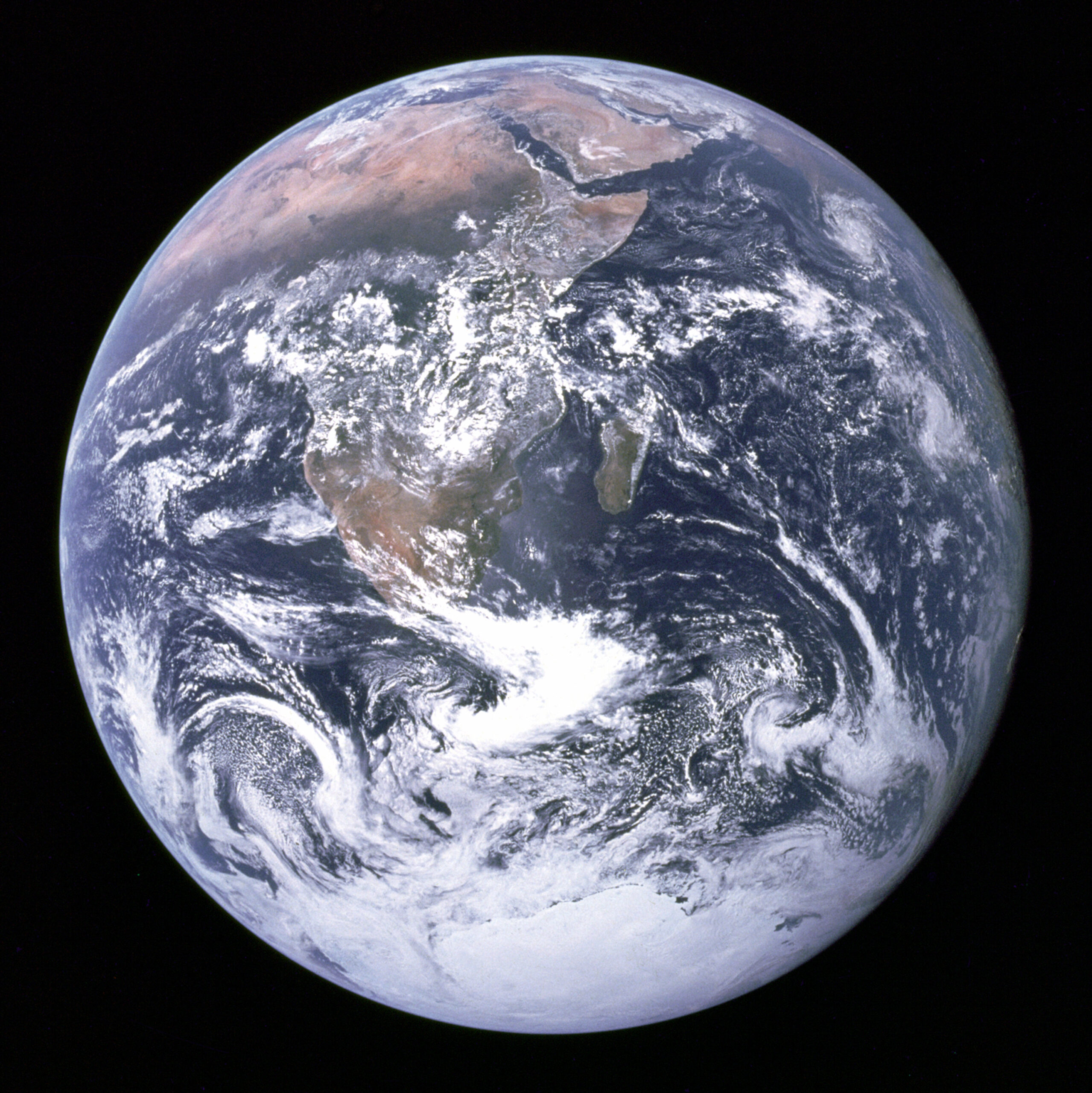Earth Day 2020 comes at a time when our own hubris regarding our environment has met its match. Some experts consider our steady destruction of biodiverse habitat resulting in a “jump” of the SARS-CoV‑2 virus to humans as replacement hosts for animals under threat by our destructive habits and behaviors.
But do our past sins mean we’re doomed? No. Far from it.
Presumptive Democratic nominee Joe Biden had a climate justice call today with Vice President and Climate Reality founder Al Gore, and two points stood out.
One is the dramatic change in the cost and orientation of our energy use from fossil fuels to wind and solar energy.
Al Gore made the point that five years ago, only 1% of energy projects using fossil fuels could be replaced cost effectively with wind and solar energy.
As of now, that’s risen to two thirds of all such projects. By 2025, all such projects should be more cost effective using wind and solar rather than fossil fuels — in 2019, 72% of all new energy projects were based on wind and solar energy.
The other salient point was when Joe Biden, borrowing a quote from Martin Luther King, said that “We should say, as a nation, ‘I refuse to postpone’” when it comes to protecting our environment and reducing pollution.

And while cutting emissions is important, seeking greater energy efficiency through conservation is relatively simple and far more effective over the long run. Amory Lovins, who wrote the classic Soft Energy Paths: Towards a Durable Peace in 1977 and has been promoting this cause successfully ever since, discusses where things are and where they can go next in this Earth Day 2020 interview.
What can you and I do in this time of self-isolation?
Curbed has a checklist. Some of their ideas aren’t new. A few might surprise you and make you think about how to make it part of your daily lives.
And once you’ve done what you yourself can, what can we do, as a society, to make a livable planet, one that’s abundant for all, a reality again?
This Foreign Policy article reviews what happened over fifty years ago to bring Earth Day into being in the first place, with possible clues as to what might make it more a universal, and less a political issue.
More Earth Day reads
- Earth Day: Climate Activists Go Digital Amid Pandemic Shutdown (NPR)
- The First Earth Day Was 50 Years Ago, But These Photos Feel Timeless (Buzzfeed)
- Celebrating Earth Day and recycling during COVID-19 (WTHR)
- Earth Day goes digital to engage online gamers with environment issues (The Guardian)
- Earth Day: Meet the original eco warriors protecting the planet (BBC)

Watch The Story of Stuff
It’s also a good day to watch one of our favorite documentary shorts, The Story of Stuff, with the always fabulous Annie Leonard.


Every day needs to be Earth Day or there won’t be a habitable planet left soon.